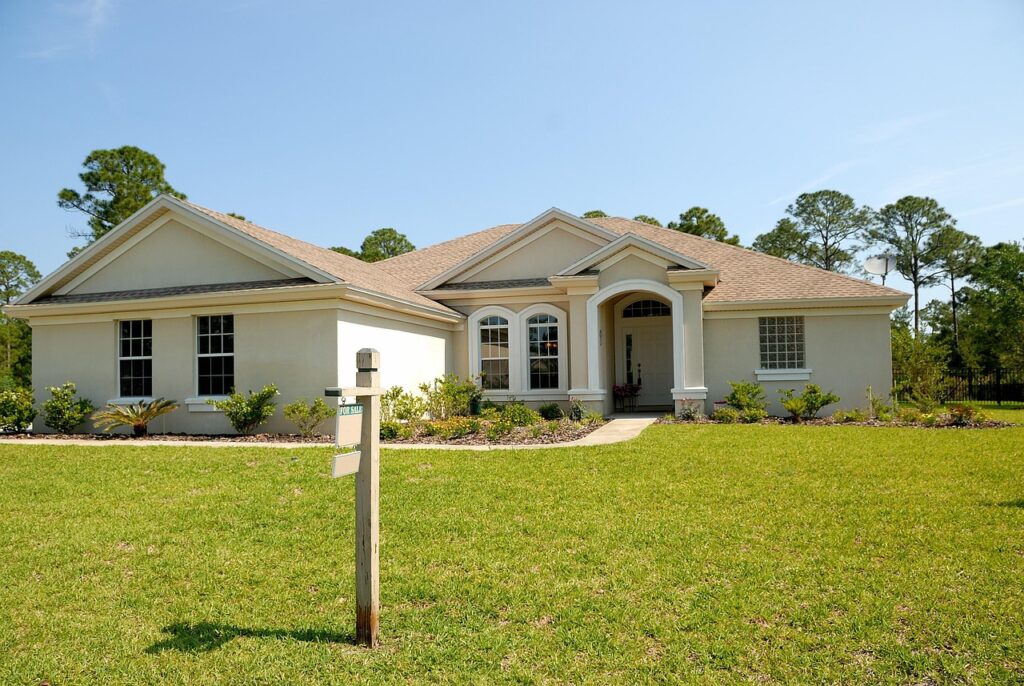An estimated home value is a calculation of a property’s current worth based on factors like recent sales, market trends, property features, and location. It provides homeowners and buyers with a quick insight into what a home might sell for in today’s market without needing a formal appraisal.
This estimate is often generated using advanced algorithms that analyze real-time data, including nearby home sales and tax assessments. It helps people make informed decisions whether they are buying, selling, or considering renovations.
Many online tools offer instant home value estimates by simply entering an address and basic property details. These estimates are useful starting points but can vary depending on the data and method used.
Understanding Estimated Home Value
Estimated home value reflects a calculated price based on various data points, providing a snapshot of what a property might sell for in the current market. This estimate is influenced by location, property characteristics, and local real estate trends. There are several common approaches to estimate value, each using distinct tools and data.
Definition of Estimated Home Value
Estimated home value is a projected price for a property, derived from analyzing recent sales, market trends, and property features. It differs from an official appraisal because it often relies on automated tools rather than a physical inspection.
This figure helps homeowners, buyers, and sellers gauge the market standing of a property without undergoing a formal valuation. However, it remains an approximation, subject to regular changes as market conditions evolve.
How Estimated Home Value Is Calculated
Calculation typically involves algorithms comparing the property to similar homes sold recently nearby. Data includes location, size, age, and condition, adjusted for unique features or upgrades.
AI-driven tools also integrate real-time market activity and tax assessments to refine estimates. These models continuously update as new sales and market data become available, aiming for current accuracy.
Still, calculations exclude subjective factors like curb appeal or interior quality, limiting precision without an in-person review.
Key Factors Affecting Home Value
Several elements impact estimated value significantly:
- Location: Neighborhood desirability, proximity to amenities, and school districts.
- Property Size: Total living area and lot size.
- Condition and Age: Newer and well-maintained homes command higher prices.
- Upgrades: Modern kitchens, bathrooms, or energy-efficient features add value.
- Local Market Trends: Supply and demand affect price fluctuations.
- Comparable Sales: Prices of recently sold similar homes in the area.
Each factor contributes differently depending on local demand and regional market behavior.
Common Methods for Estimating Home Value
Several approaches are widely used:
- Automated Valuation Models (AVMs): Online tools that use algorithms on public and proprietary data for quick estimates.
- Comparative Market Analysis (CMA): Real estate agents compare recent sales of similar properties to suggest a price range.
- Professional Appraisal: Licensed appraisers conduct detailed inspections to determine precise market value.
- Municipal Assessments: Local governments assess property for tax purposes, which can differ from market value estimates.
AVMs offer speed and convenience, while CMAs and appraisals provide more tailored, accurate valuations.
Improving and Using Your Home Value Estimate
Understanding how to confirm your home’s estimated value, identifying improvements that add worth, and using this information effectively are critical steps. Accurate validation helps avoid surprises, strategic upgrades yield better returns, and leveraging estimates assists in making informed financial decisions.
Steps to Validate Your Estimate
Verifying an estimated home value involves multiple approaches. Start with online home value estimator tools that factor in recent sales, property size, location, and amenities. Use a few different tools to compare results for consistency.
Next, review recent comparable sales (comps) in the neighborhood. Look for properties with similar features that have sold recently, as local market trends heavily influence value.
For greater accuracy, consider hiring a professional appraiser. They perform thorough inspections and provide detailed reports reflecting current conditions and market nuances.
Keeping an updated estimate benefits from tracking market changes regularly, especially in fluctuating real estate climates.
Home Improvements That Boost Value
Certain upgrades consistently contribute the most to home value. Kitchen and bathroom remodels offer high returns due to their impact on livability and appeal.
Adding energy-efficient features like solar panels can increase property desirability and reduce operating costs. Similarly, curb appeal enhancements such as landscaping, fresh paint, and repaired roofing attract more interest.
Minor cosmetic updates—new fixtures, flooring, or lighting—can also make a noticeable difference without large investments.
It is essential to prioritize improvements that align with the neighborhood’s standards. Over-improving beyond local market expectations rarely results in proportional value gains.
Leveraging Estimates for Selling or Refinancing
Home value estimates guide key financial decisions. When selling, an accurate estimate helps set a competitive listing price, balancing between attracting offers and maximizing returns.
For refinancing, lenders use these estimates to determine equity and loan-to-value ratios, influencing interest rates and borrowing limits.
Homeowners can also use estimates to decide when to invest in improvements or time market entry for a sale.
It is advisable to update estimates before major transactions and communicate with real estate professionals to align estimates with market realities.



